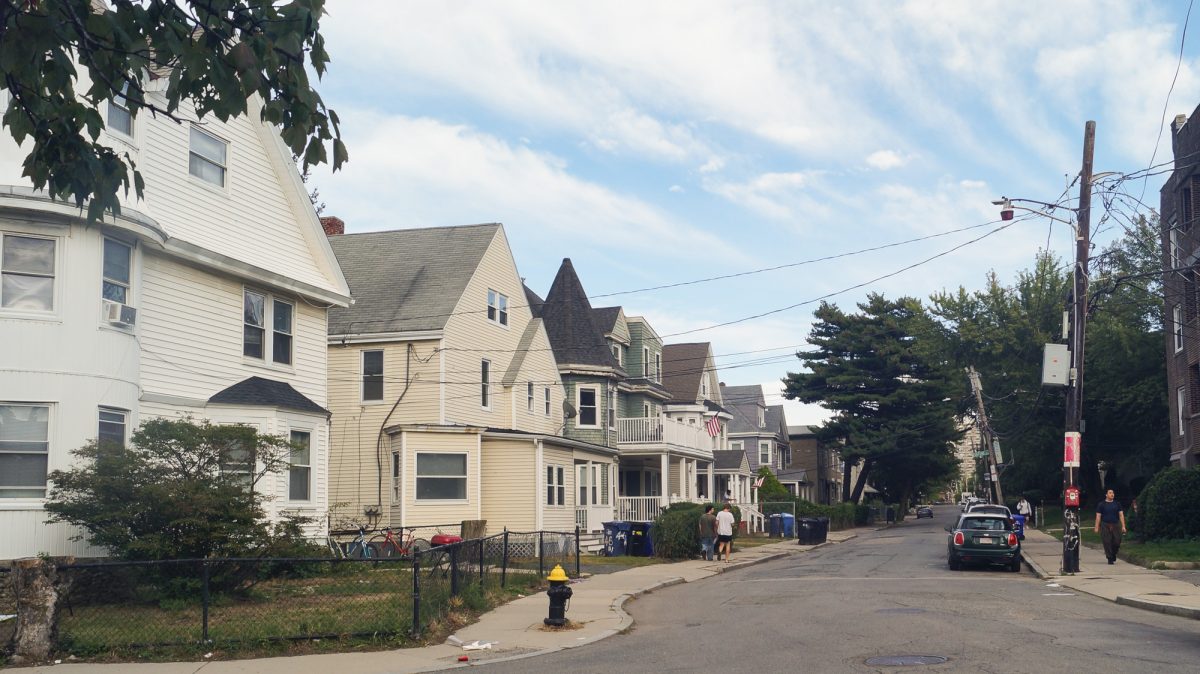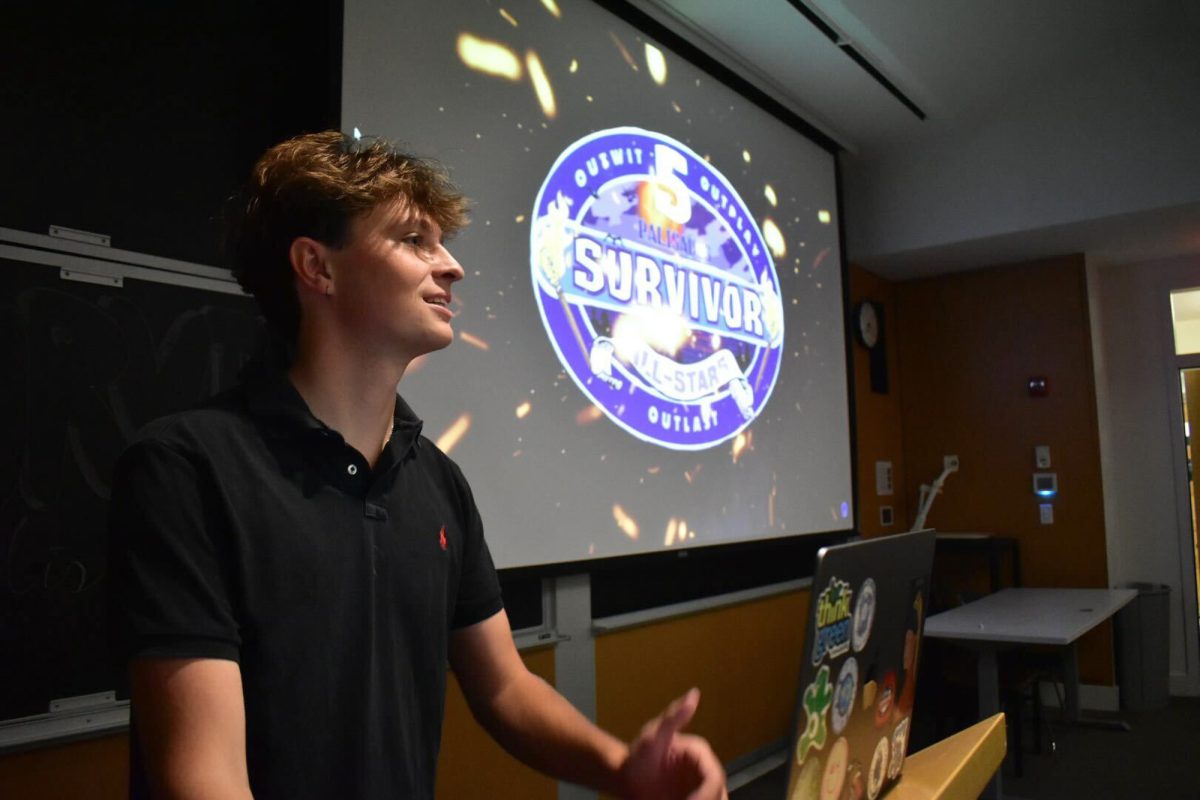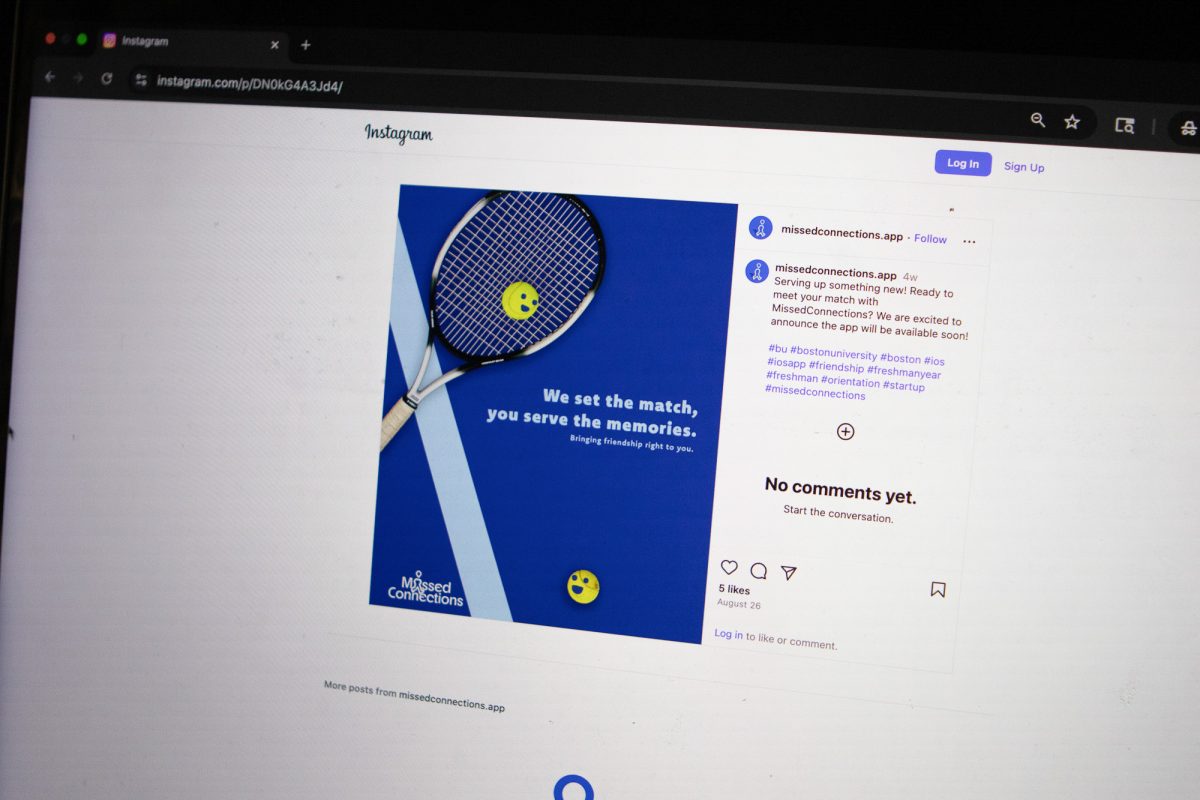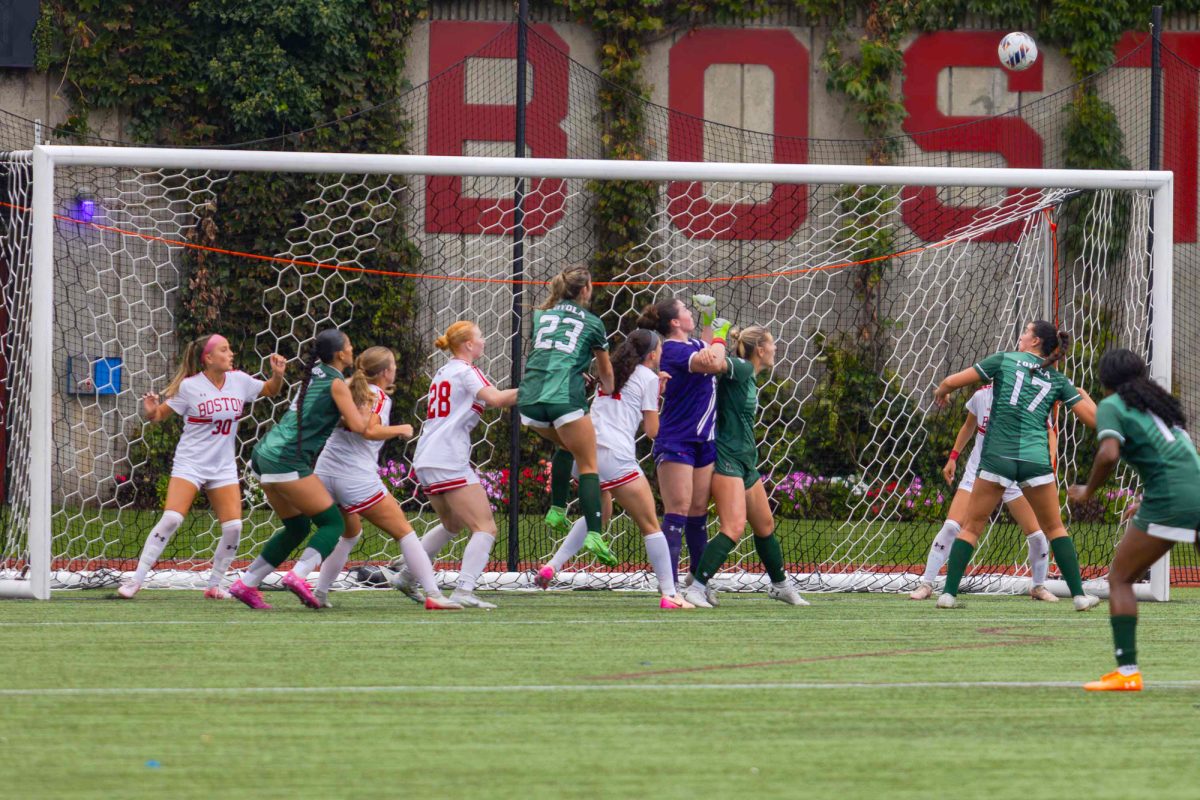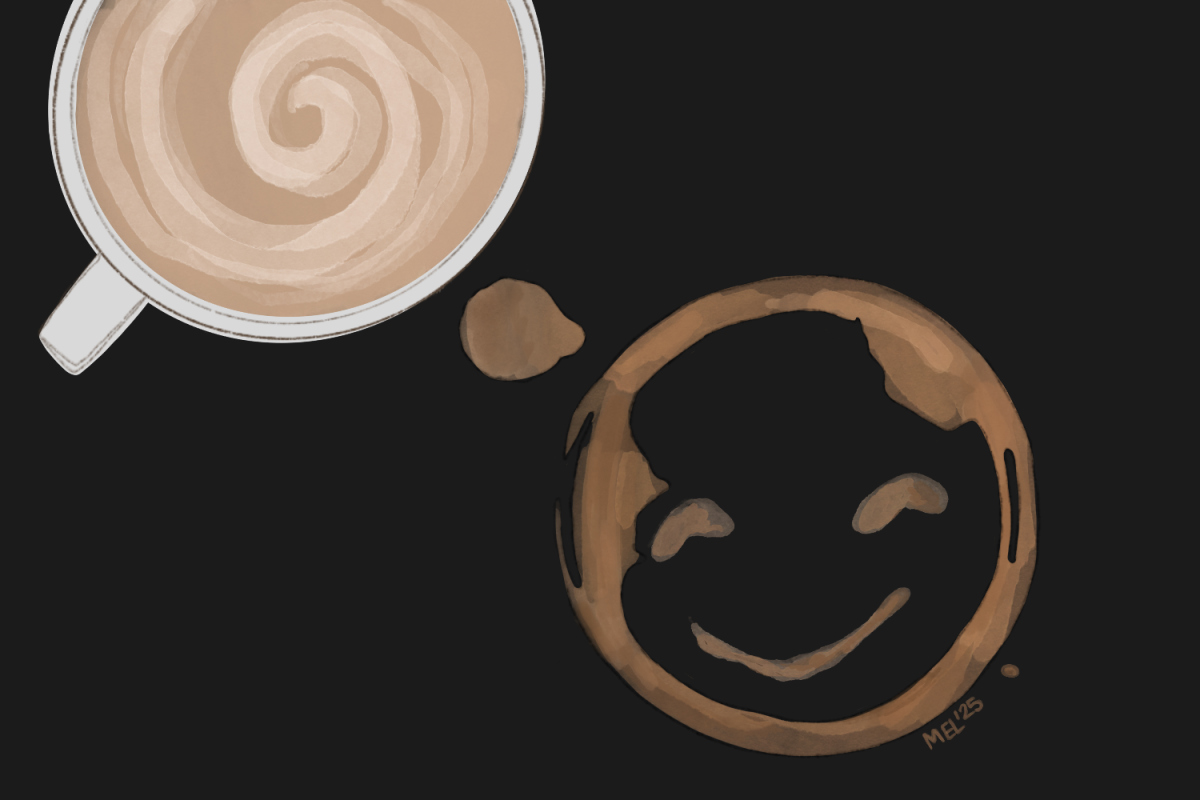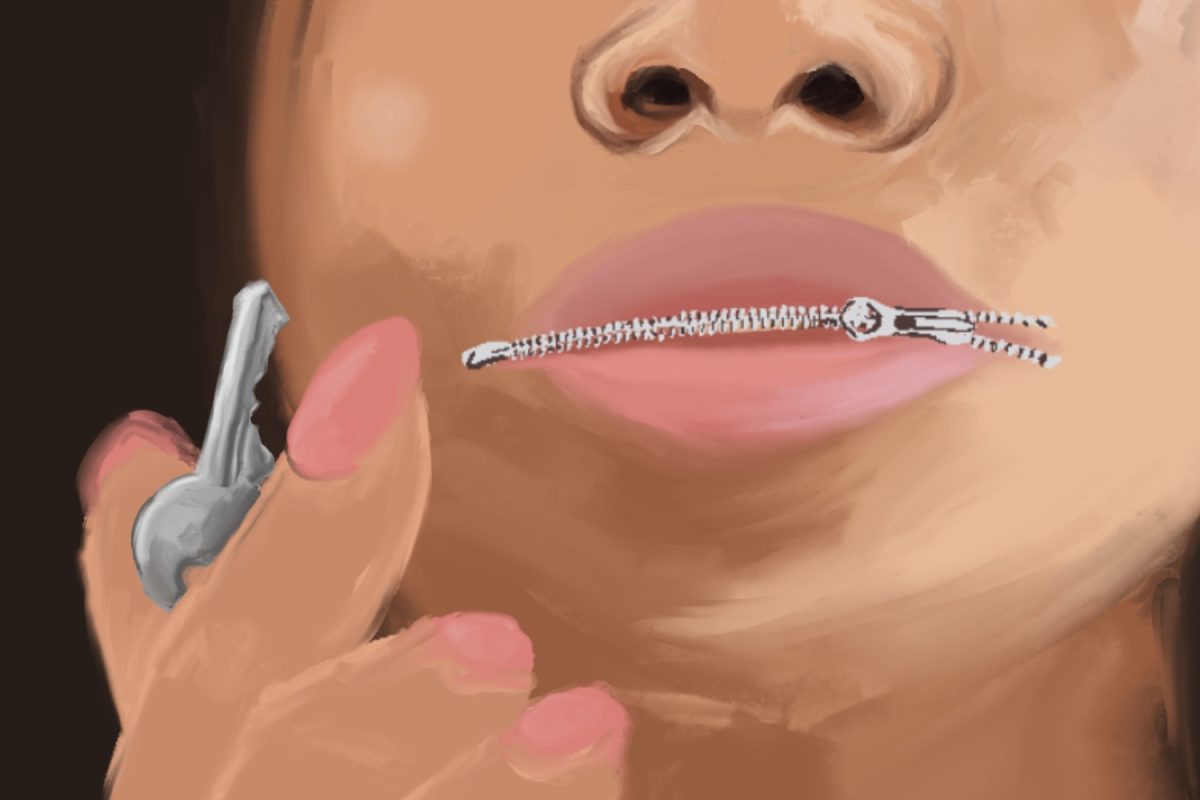Toward the end of all popular high school movies or TV shows, the main characters tear open their envelopes — or, nowadays, click on their emails — and burst into tears of joy. They got into the school of their dreams. And it’s not just any college, it’s usually one of five: Stanford University, Harvard University, Yale University, Columbia University or Princeton University.
It’s frustrating to watch the same generic tropes over and over again — our beloved teen role models always seem to end up in an Ivy League or Ivy-approximate school.
With Disney family movies such as “High School Musical,” TV classics such as “Gilmore Girls” and Netflix romantic comedies such as “To All the Boys I’ve Loved Before,” we have grown up surrounded by this messaging.
Gabriella Montez matriculated into Stanford. Troy Bolton was accepted by The Juilliard School and the University of California, Berkeley.
Rory Gilmore got into Harvard, Princeton and Yale.
Peter Kavinsky was accepted to Stanford, and in a shocking turn of events, our main character Lara Jean was rejected from the same school. She then proceeds to be accepted into UC Berkeley and New York University.
Most offensively, in the Netflix romcom “Kissing Booth,” Noah Flynn, despite his behavior throughout high school, secures an acceptance into Harvard.
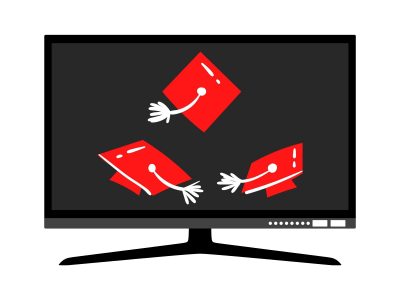
Though not all Ivies, these prestigious institutions have consistently been in the spotlight. All that this overrepresentation does is effectively mold early perceptions of success and lead young children and preteens into thinking there’s only one “right” path.
Not only do they have to go to college, but they also have to get into an esteemed school.
In reality, applying to college is an arduous process that necessitates self-discovery. It’s not about what school looks good on paper, but rather what school would be the best for you. Many colleges that aren’t discussed in popular media are still amazing options with specific programs that could cater to your interests.
There’s more to choosing a school than its metropolitan location or ranking — there’s the community and campus culture, extracurriculars, academic programs, sports, tuition, financial aid, career services and people.
Writers and producers, however, fail to take into account what their characters would realistically want.
As such, these depictions of college acceptances are more harmful than the misrepresentations of American high school. Especially as the movies venture out of “family” territory and into “young adult,” high schoolers who are going through the application process are watching and internalizing the elitism and one-dimensionality of on-screen college searches.
Students could be misled into thinking it’s easy to get into these schools that have a five percent acceptance rate. More likely, they will altogether dismiss lesser-known schools that might have been a better fit for them in favor of these “reaches.”
In many instances, public high school college counselors won’t even step in to debunk these mentalities or guide students through the process. The college search is ultimately up to the individual, and it can’t be dictated by a decade’s worth of a single story.
Maybe the short list of colleges shown on screen has to do with location. Many movies or shows film on site, and the iconic campuses and name recognition of these schools may boost their own popularity.
But if the media gives free press to schools that are already famous, it feeds into a never-ending, vicious cycle of popularity to increased applications to lower acceptance rates to further prestige to more screen time.
There are more than 5,000 universities in the United States and five times that across the globe. If location is a concern, there must be a wide range of picturesque, city-based schools to choose from.
Some exceptions to the rule, such as “Crazy Rich Asians” and “Ladybird,” do exist, but for the most part, Hollywood relies on the Ivy League. Perhaps there are more films out there that do the college application process justice, but they certainly aren’t prominent enough to reverse the damage the industry has inflicted on generations of young minds.
A better depiction of college applications in the media would be showing a sincere reason for the character’s choice of school and a more personalized college search. If producers lead with characters’ genuine motivations rather than sticking with the tried and true big-name school, it will give way to a diversity of acceptances and more realistic representations on what college is truly like.








